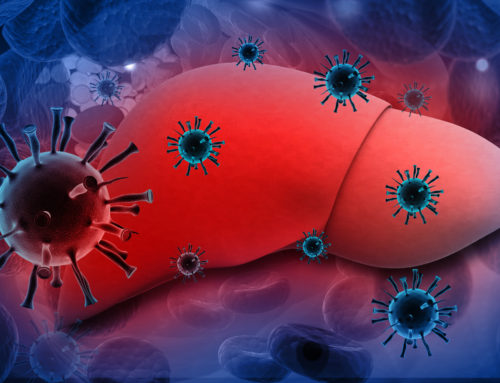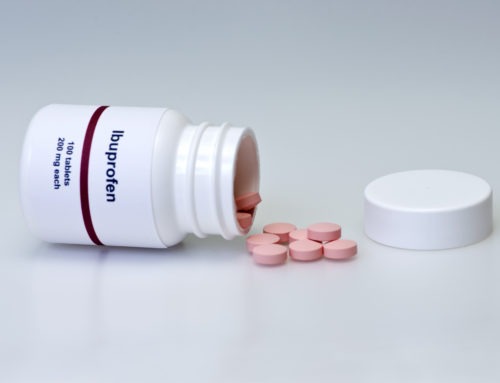Minor adverse events (e.g., bad taste in the mouth and dizziness) occur more frequently with intranasal ketamine than with intranasal fentanyl in children with suspected extremity fractures. That is the primary finding of a study published in the December 2017 issue of Academic Emergency Medicine, a journal of the Society for Academic Emergency Medicine (SAEM).
The lead author of the study is Stacy L Reynolds, MD, Director of the Paediatric Emergency Medicine Fellowship in the Department of Emergency Medicine at Carolinas Medical Centre / Levine Children’s Hospital.
Reynolds and colleagues, in their exploratory analysis, detected no difference in efficacy or pain relief between the two drugs. Additionally, no patient in either group experienced a serious adverse event, and none of the side-effects required intervention.
Based on their findings, Reynolds, et al, recommends a larger, multi-centre, non-inferiority study to more rigorously evaluate the safety, efficacy, and potential opioid-sparing benefits of intranasal ketamine analgesia for children with acute pain.
‘There is less information about ketamine available than is needed to determine its role as first-line pain therapy in children. This study starts to give us the information necessary to determine ketamine’s place as a pain medication and its potential to replace opioids,’ commented James R Miner, MD, FACEP, Chief of Emergency Medicine at the Hennepin County Medical Centre and Professor of Emergency Medicine at the University of Minnesota.
Dr Miner has carried out extensive research in acute pain management and sedation, monitoring during resuscitation, and in healthcare delivery. He is the author of a textbook entitled, ‘Emergency Sedation and Pain Management.’







